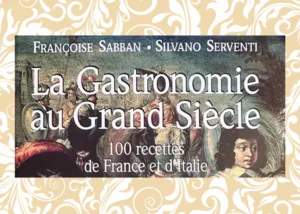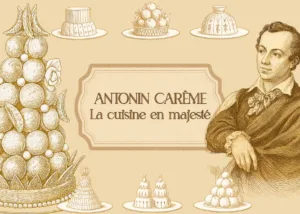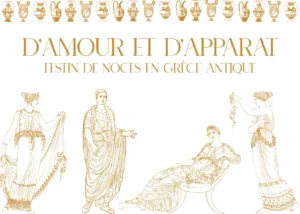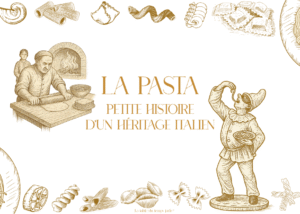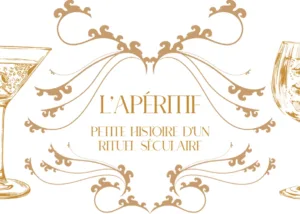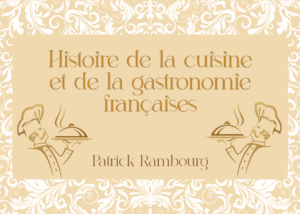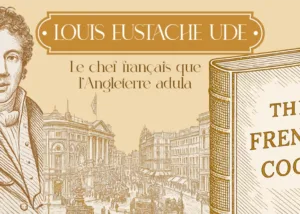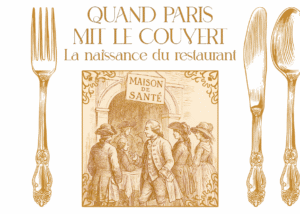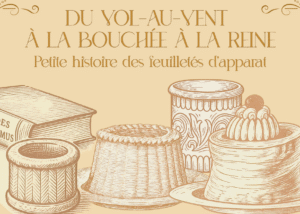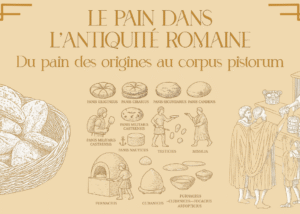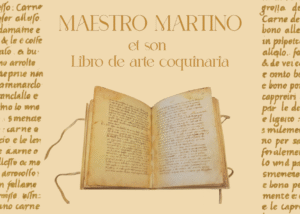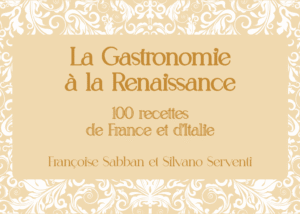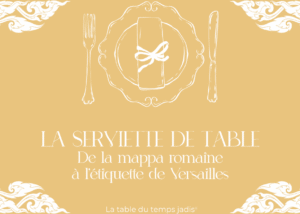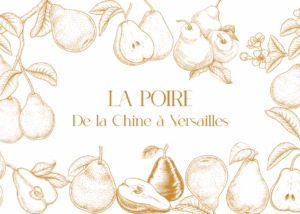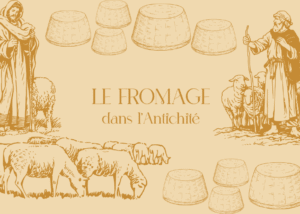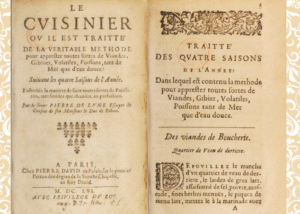From vol-au-vent to queen's bite
A brief history of ceremonial pastries

Light as air, delicate as a breath: the vol-au-vent charms first by its name. But this elegant flaky pastry has undergone many metamorphoses before becoming a Sunday meal classic. Between ceremonial menus, sumptuous fillings and forgotten sweets, its history is anything but ethereal .

Vole-au-vent: an expression before its time
No, Antonin Carême did not invent the vol-au-vent. As early as 1739 , menus mention "petits gâteaux vole au vent" (small vole-au-vent cakes) . In 1742 , François Marin gave a recipe in La Suite des dons de Comus . The puff pastry is shaped into a diamond or square , lightly browned with egg, cooked over low heat, and served hot. The layering is essential, a sign of lightness. However, the name "vole au vent" then applied to very diverse preparations. In 1755 , Menon proposed in Les Soupers de la cour " vole-au-vent ramekins" made from Brie cheese with butter, flour, egg yolks, and whipped egg whites. The whole thing is divided into small portions, which are placed "between two very thin layers of puff pastry" , browned and baked for a quarter of an hour in the oven. Menon also mentions a "marzipan vole au vent" made from almonds and sugar. In the 18th century , "vole au vent" meant less a recipe than an idea: that of an airy, crispy, refined preparation. A sensory expression, even before being culinary.

From poetic name to codified form
The word took root, but its form became more precise in the 19th century . In Le Pâtissier royal parisien ( 1815 ), Antonin Carême codified the vol-au-vent: a puff pastry formed into a cylinder, hollowed out, and topped with a lid cut with a knife. It was baked in a "moderate" oven until it obtained a beautiful reddish tint , then hollowed out to fill it with a salpicon - these small pieces of offal, poultry or vegetables bound by a sauce. The "vol-au-vent à la Nesle" combines cockerel combs and kidneys , lamb sweetbreads , quenelles , mushrooms , crayfish tails , truffles , brains and white sauce .
Émile Littré 's Dictionnaire de la langue française ( 1874 ) defines vol-au-vent as a "flaky pastry with high edges, in which meat or fish is placed, and which is served hot ." The name evokes its lightness , resulting from the puff pastry.
An anecdote, reported by Jules Fabre in his Dictionnaire de cuisine , tells that Carême , while testing a new way of making his pies, asked a baker to watch a pastry marked with a special sign. It rose so high that the baker exclaimed: " Antonin!... it flies in the wind! " Carême, amazed, is said to have named his creation thus. But this legend , although tasty, remains unattested : the expression already existed nearly half a century before its birth.

From haute cuisine to bourgeois tradition
Under the First Empire , vol-au-vent shines on the menus of the finest Parisian restaurants. It is available in turbot with cream , macedoine , and financier style . In 1806 , it already appears on published menus. In 1850 , the restaurant of the Hôtel de France in Nantes offers eleven variations !
Vol-au-vent also becomes a classic of bourgeois Sunday meals : the flaky crust , bought from the pastry chef, is garnished at home or at the caterer. The “finanziera” version — quenelles , combs , rooster kidneys , sweetbreads , mushrooms , truffles , olives —is said to have come from the Piedmontese finanziera , a Turin specialty that came to France.
Auguste Escoffier , at the turn of the 20th century , declined the bites according to the occasions: à la Diane , à la Grand-Duc , à la Montglas , à la Victoria , à la Nantua …
The bite à la reine , a smaller portion, circulated in parallel. It often shared the same fillings. A contemporary column by Jean-Loup Chiflet , in Le Figaro , distinguished the bite as an individual pleasure and the vol-au-vent as a dish to share - a modern perception, not systematic in ancient sources.

The Queen's Bite: A Royal Puff Pastry That Has Become A Classic
As early as 1749 , Menon mentioned "little queen pies" filled with godiveau and topped with coulis. But it was Grimod de La Reynière who, in 1808 , in L'Almanach des Gourmands , explicitly mentioned "little queen bites" and associated them with Marie Leszczynska , wife of Louis XV . He made them a delicate creation, reflecting the sovereign's gourmet piety.
Over time, the béatilles filling (sweetbreads, combs, rooster kidneys, brains, truffles, mushrooms) faded in favor of softer compositions. For Bouvilliers , they were filled with chicken breast bound with boiling béchamel . In 1815 , Carême classified them as hot starters , which he presented as small vol-au-vents , with multiple fillings, including fish. It also distinguishes small sweet vol-au-vents , filled with plumbing cream , coffee or other flavors.
Another legend , unattested, tells of Marie Leszczynska asking Nicolas Stohrer to create a savory version of the wells of love imagined by Vincent La Chapelle . The queen would have wanted to awaken the senses of her royal husband, by transforming a sweet dessert into a warm and fragrant bite. If this story is more of a novel than a story, it nourishes the lasting aura of the bouche à la reine.
Through its forms and eras, the vol-au-vent remains a monument of finesse and culinary ingenuity . A festive dish or a childhood memory, it embodies that rare alliance between architecture and indulgence , tradition and invention . It is always there—ready to take flight… for those who know how to welcome it.

Find other blog articles
Find other blog articles



